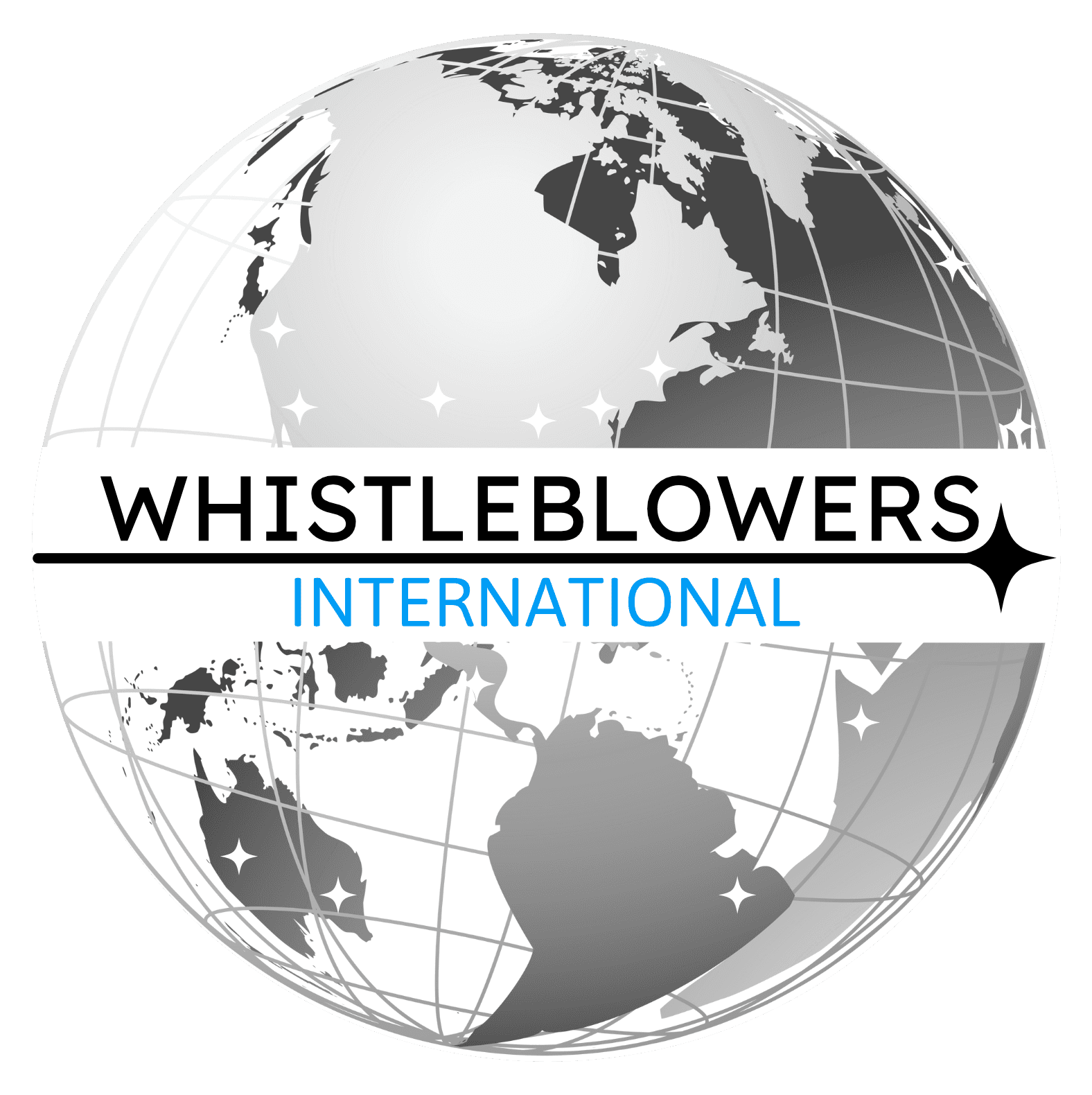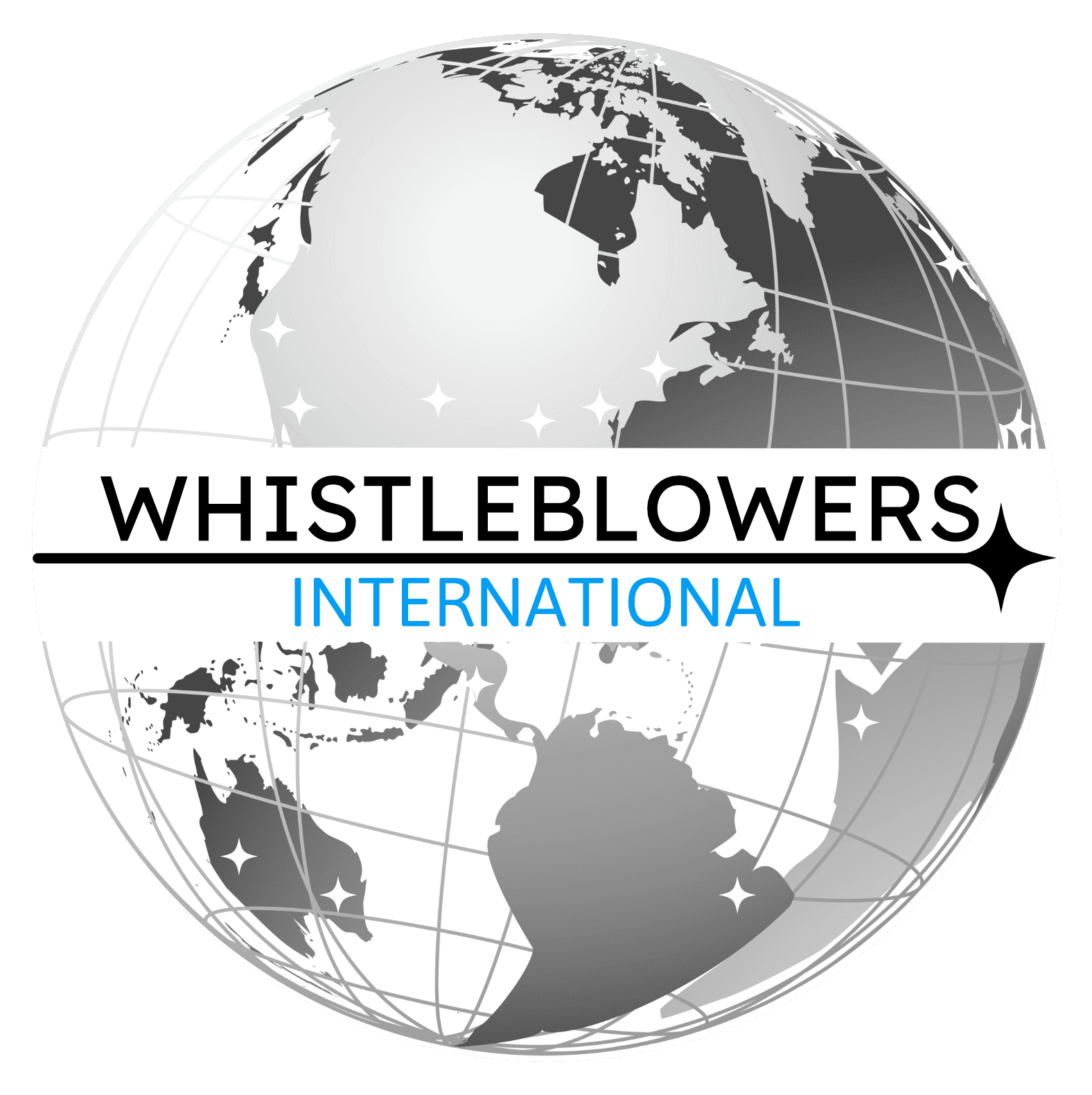Over the last several years since Congress amended the False Claims Act (“FCA”) in a few significant ways the United States Supreme Court has interpreted the FCA several times. Perhaps the most significant of these decisions is --Universal Health Services, Inc. v. United States ex rel. Escobar, 136 S.Ct. 1989 (2016), which opened up a wide array of potential claims under the Act because it adopted the so-called “implied certification” theory. Escobar arose out of a great personal tragedy the relators suffered, as they were the parents of a teenage girl who died after suffering a seizure as a consequence of taking medication prescribed at a facility owned by Universal Health Services (“UHS”), and which was operating as part of MassHealth, the Medicaid program in Massachusetts. The parents argued that UHS’s claims were fraudulent because they did not disclose numerous violations of regulations when they made their claims, but UHS argued that their claims for payment made no representations at all about regulatory compliance. The Court held that FCA liability for failing to disclose violations of legal requirements does not require that those requirements be expressly designated as conditions of payment. It also held that when a defendant submits a claim representing that goods or services were provided, but fails to disclose non-compliance with material statutory, regulatory, or contractual requirements with respect to those goods or services, the claims are fraudulent under an “implied certification” theory. On the other hand, the Supreme Court refused to say all such regulatory violations would support FCA liability, noting that if the government pays a particular claim in full despite its actual knowledge that certain requirements were violated, that is very strong evidence that those requirements are not material.
Though Escobar is probably the most significant of the Court’s recent decisions, it has issued several other important rulings. Shortly after the 2009 amendments were effective, the Court issued a ruling on the FCA concerning a seemingly small but potentially significant issue in United States ex rel Eisenstein v. City of New York, 556 U.S. 928 (2009) . The Eisenstein Court held that a relator only has thirty days to file a notice of appeal of the government’s declination to intervene in the action, rather than a potential sixty days as some lower courts had held. This forces relators to make the decision to appeal, which can be a complicated decision, quite quickly.
The following year the Supreme Court decided a case that has a much more significant adverse effect on relators, because it gave a very broad reading to the kinds of claims that would be barred because of a prior public disclosure of the information on which the claim is based. In Graham County Soil & Water Conservation District v. United States ex rel Wilson,559 U. S 280 (2010), the Court decided that the FCA’s bar on qui tam actions based upon information found in certain kinds of public disclosures, including administrative reports, included not only federal administrative sources but also state and local ones. This trend towards expansive reading of the public disclosure ban continued in the following year when the Court decided Schindler Elevator Corp. v. United States ex rel Kirk, 563 U.S. 401 (2011), where it held that a relator’s claim relying on information received in response to a Freedom of Information Act request was barred as based on a public disclosure, even though the relator was the one who took the initiative to demand that information and drew the conclusions that no one in the government had reached.
Not all of the Supreme Court’s decisions before Escobar were entirely adverse to relators, however. In Kellogg Brown & Root Services, Inc. v. United States Ex Rel. Carter, 135 S.Ct. 1970, 575 U. S. 650 (2015), the trial court had dismissed a claim by a defense contractor’s employee, Carter, about false claims for services in Iraq, because an earlier relator’s claim already had been filed and then dismissed for failure to prosecute the claim. The Supreme Court held that the first-to-file bar applied to a later relator’s claims only applied if that first-filed claim was still actively being litigated. However, by the time Carter had filed his claims, the statute of limitations had expired. Carter argued that the Wartime Suspension of Limitations Act (“WSLA”) which suspends “the running of any statute of limitations applicable to any offense” involving fraud against the Federal Government. 18 U.S. C . §3287, during time of war, allowed his late filing. The Court, however, held that the WLSA only applied to acts that were indictable as crimes, and not all of Carter’s claims would have been criminal, though they would have been the basis of valid civil claims. In fact, only one of his claims survived as timely.
Two other recent Supreme Court decisions, State Farm Fire & Casualty Co. v. Rigsby, 137 S.Ct. 436 (2016); and Cochise Consultancy, Inc. v. United States ex rel. Hunt, 139 S.Ct. 1507 (2019) contained good news for relators as well. Rigsby addressed the sanction a relator might suffer if she discusses her allegations while the case is under seal. As a reminder, when a relator files a claim, the complaint is placed under a seal of confidentiality while the government evaluates whether it will intervene. In Rigsby, during the time the government spent evaluating the claims, the relator made several public statements about the alleged fraudulent activity, but did not mention the existence of the FCA complaint then under seal. The Supreme Court affirmed the decisions below which had held that violation of the seal did not necessarily require dismissal of the complaint as a sanction. Rather, the court should weigh three factors-- actual harm to the Government, severity of the violations, and evidence of bad faith—and base its decision to dismiss or not on its findings. At least in Rigsby, those factors weighed against dismissal.
Most recently, in Cochise Consultancy, the Supreme Court addressed the rather complex statutes of limitations for an FCA claim. The Act actually states two different limitations periods, either six years after the statutory violation of which the relator complains occurred, or three years after the appropriate government official knew or should have known of the events about which the relator complains (as long as that date is not more than ten years after the actual statutory violation). An FCA complaint is timely if it is filed before the later of these two times. In Cochise Consultancy, the relator claimed Cochise had defrauded the government in claims for security services in Iraq up to a date in early 2007; that he had told government officials about the fraud in November of 2010 during an interview; and then filed a complaint in November of 2013 in which the government declined to intervene. Thus, the later of the two limitations periods would be that which allows a complaint to be filed within three years of the time the government becomes aware of the underlying facts, and applying that period to the case would make it timely. Cochise, however, argued that the latter limitations period only should apply when the government in fact intervenes in the action, but the Supreme Court held this was a mistaken view, and that both periods of limitations apply to all FCA complaints. This meant the relator’s complaint was timely and could proceed.

